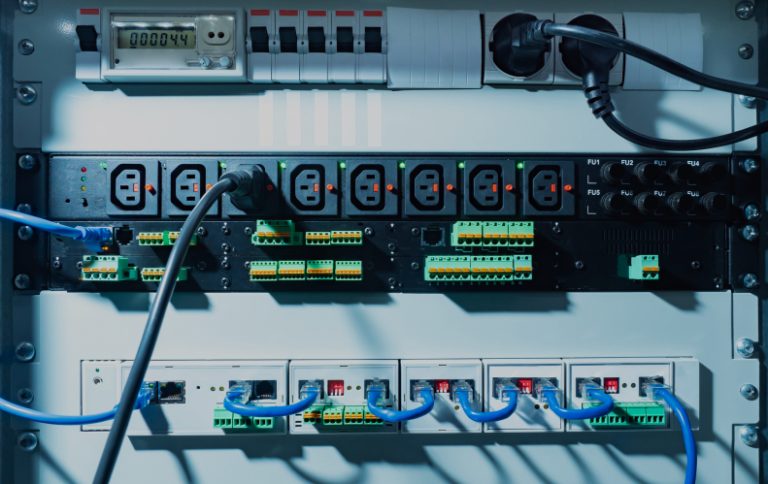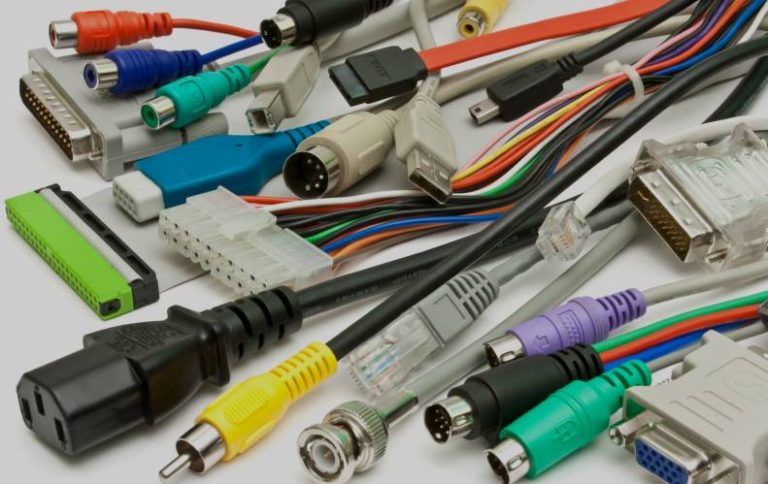RF combiners are indispensable in modern wireless systems, enabling the merging of multiple signal paths into a single output without compromising performance. At Petra Carbon, we design high-efficiency RF combiners that minimize insertion loss, maintain phase coherence, and withstand demanding environments. This guide explores how RF combiners work, their applications across industries, and why Petra Carbon’s solutions are trusted by engineers worldwide.

What Is an RF Combiner?
An RF combiner is a passive device that merges two or more input signals into a single output, ensuring minimal signal degradation. Unlike splitters, combiners are optimized for reverse signal flow, making them critical in applications like cellular networks and broadcast systems.
Key Specifications:
- Frequency Range: 698 MHz to 6 GHz (for 5G/LTE applications).
- Insertion Loss: As low as 0.3 dB for maximum power efficiency.
- Isolation: ≥20 dB to prevent intermodulation distortion.
Browse our RF combiner catalog for industry-specific solutions.
Types of RF Combiners
Hybrid Combiners
Use Case: Combining signals from multiple transmitters in broadcast systems.
Features: High isolation, 90-degree phase shift between ports.
Pair With: Panel antennas for directional coverage.
Resistive Combiners
Use Case: Low-power test environments or signal monitoring.
Features: Broadband performance, compact design.
Integration: Works with board test probes for PCB validation.
Cavity Combiners
Use Case: High-power applications like military radar or cellular base stations.
Features: Tunable filters, ultra-low loss (<0.1 dB).
Applications of RF Combiners
5G Telecommunications
Combine signals from multiple remote radio units (RRUs) to optimize tower efficiency.
Pro Tip: Use low-loss coaxial cables to maximize combiner performance.
Aerospace & Defense
- Merge radar and communication signals in avionics systems.
- Durability: Combiners tested to MIL-STD-810 for shock/vibration resistance.
Broadcasting
Combine feeds from multiple cameras or audio sources in live production trucks.
Industrial IoT
Aggregate sensor data in smart factories using hydraulic torque wrench systems.
How to Select the Right RF Combiner
Step 1: Define Frequency Range
- Sub-6 GHz: Hybrid combiners for 5G/LTE.
- Microwave (6–40 GHz): Waveguide combiners for radar systems.
Step 2: Evaluate Power Handling
- Low Power (≤10W): Resistive combiners for lab environments.
- High Power (≥100W): Cavity combiners with air cooling.
Step 3: Check Connector Compatibility
Common Types: N-type, SMA, 7/16 DIN.
Ensure alignment with RF connectors in your system.
For custom requirements, contact our engineers.
Why Petra Carbon’s RF Combiners Excel
Low Insertion Loss: Precision-machined components for minimal signal degradation.
Scalability: Combiners support 2:1 to 16:1 configurations.
Testing: Validated using Teradyne in-circuit test systems for reliability.
FAQs About RF Combiners
Can an RF combiner work as a splitter?
No—combiners and splitters are optimized for opposite signal directions.
How do I maintain an RF combiner?
Use flange alignment tools during installation and inspect connectors periodically for corrosion.
Do you offer combiners for mmWave frequencies?
Yes! We provide combiners up to 40 GHz for aerospace and 5G mmWave applications.
At PetraCarbon, we engineer RF combiners that deliver unmatched performance, whether you’re scaling a 5G network or designing a radar system.
🔗 Contact Petra Carbon for technical support or explore our RF Combiner Catalog.
Unmatched performance!



